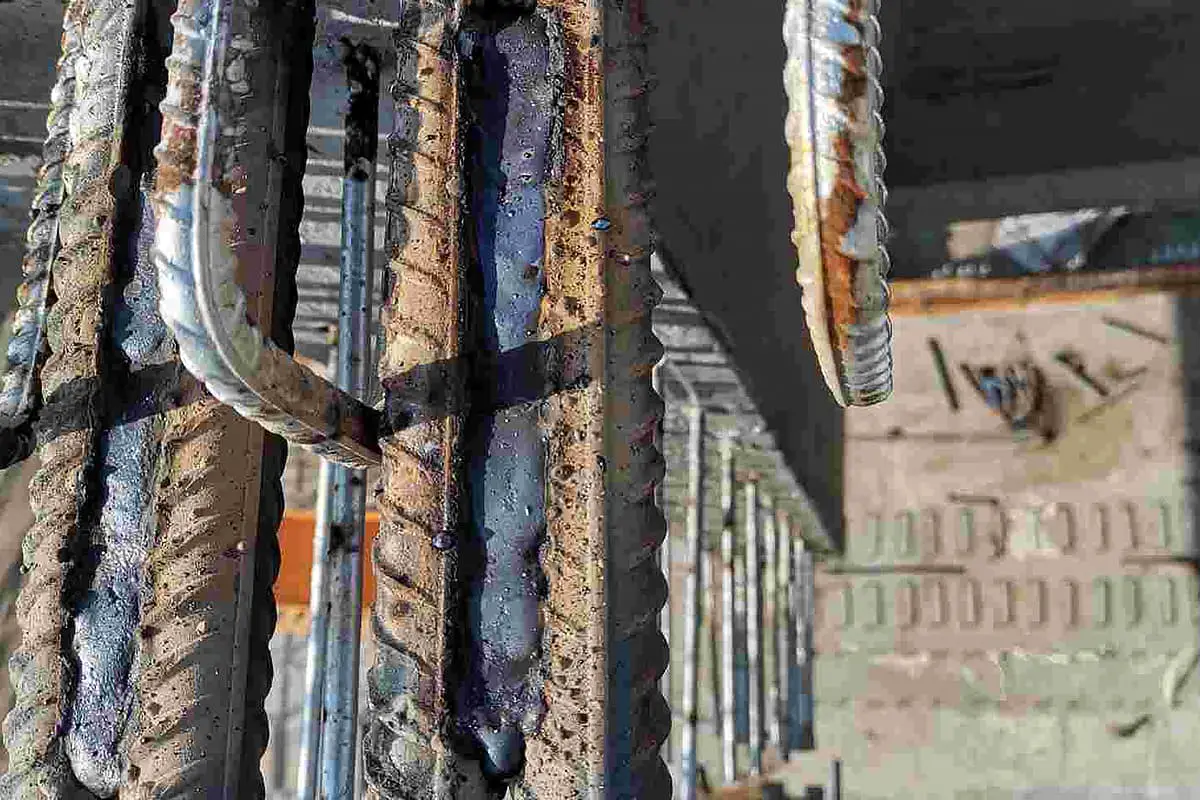Preventing Weld Undercut Made Easy: Secret Techniques Introduced
Preventing Weld Undercut Made Easy: Secret Techniques Introduced
Blog Article
A Comprehensive Overview to Identifying, Stopping, and Correcting Undercut Welding Troubles in Your Welding Projects
In the world of welding, coming across undercut issues is a typical challenge that can jeopardize the architectural integrity and general quality of your welding jobs. Keep tuned as we explore the crucial components of determining, preventing, and taking care of undercut welding problems, offering you with beneficial insights and techniques to boost your welding abilities to the next level.
Common Reasons For Undercut Welding
Undercut welding, a common issue in welding procedures, can be created by different elements that require to be very carefully recognized and addressed to make certain the stability of the weld joint. Among the primary sources of undercut welding is too much heat input. When the welding specifications, such as voltage, existing, or travel speed, are not appropriately established, an extreme amount of warm can be produced. This excess warm brings about the melting and succeeding elimination of the base product along the sides of the weld joint, producing a groove understood as undercut.
An additional typical cause of undercut welding is inappropriate welding method. Identifying these origin triggers and implementing rehabilitative measures is necessary in preventing and fixing undercut welding issues in welding projects.
Identifying Undercut in Welds

To recognize undercut accurately, correct lighting and magnification tools are important to evaluate the weld joint extensively. Making use of devices such as a welding gauge or a magnifying glass can assist in finding also the smallest undercut imperfections. Additionally, running a finger or a fingernail along the weld joint can sometimes disclose undercut, as the surface area might feel uneven or have a dip where the undercut exists.
Preventive Measures for Undercut
Having a deep understanding of the causes of undercut in welds allows for the execution of reliable preventative procedures to maintain weld high quality and stability. One important safety net is proper weld joint prep work. Making sure that the edges are clean, without pollutants, and correctly beveled click here now can significantly lower the probability of undercut (Preventing weld undercut). Additionally, picking the proper welding specifications, such as voltage, existing, and take a trip speed, is important. These setups must be optimized to protect against extreme heat input, which can cause undercut development.

Techniques for Dealing With Undercut

To resolve undercut problems successfully, welders can employ specific strategies focused on remedying the problem and restoring the honesty of the weld joint. One strategy is to adjust the welding parameters, such as the voltage, present, and take a trip rate, to make sure correct warm input and blend. Boosting the welding current or minimizing the travel rate can aid fill up in the undercut. Additionally, altering the welding technique from a push to a drag or the other way around can also assist minimize undercut.
One more strategy is to use a weaving motion while welding to make certain proper sidewall combination and fill in the undercut. By oscillating the welding arc back and forth within the weld joint, the welder can deposit extra filler material into the undercut areas, properly eliminating the flaw.
Additionally, grinding out the undercut and rewelding the joint can be a sensible solution for a lot more extreme undercut issues - Preventing weld undercut. This process includes eliminating the undercut area, preparing the base steel, and after that rewelding the joint with appropriate welding criteria and strategies to avoid undercut from persisting

Professional Tips for Preventing Undercut
Utilizing appropriate welding strategies and maintaining control over essential welding criteria are essential approaches for welders aiming to avoid undercut in their weld joints. In addition, selecting the proper welding procedure and filler steel for the particular application can assist protect against undercut. Maintaining a constant traveling speed during the welding process is one more necessary idea to stop undercut.
Conclusion
Finally, recognizing, protecting against, and fixing undercut welding problems in your welding jobs is vital Full Article for making certain resilient and strong welds. Preventing weld undercut. By comprehending the typical root causes of undercut, being able to determine it in welds, carrying out preventative actions, and making use of correct strategies for dealing with undercut, you can stay clear of possible problems and produce top notch welds. Complying with professional ideas for preventing undercut can assist you enhance your welding abilities and produce much better outcomes in your projects
Undercut welding, an usual problem in welding processes, can be triggered by various variables that need to be carefully determined and resolved to ensure the honesty of the weld joint. In addition, running a finger or a fingernail along the weld joint can occasionally disclose undercut, as the surface area might really feel irregular or have a dip where the undercut exists.
Utilizing correct welding techniques and preserving control over vital welding criteria are crucial techniques for welders intending to avoid undercut in their weld joints.In conclusion, recognizing, stopping, and taking care of undercut welding troubles in your welding tasks is essential for making sure strong and sturdy welds. By understanding the usual causes of undercut, being able to recognize it in welds, carrying out preventive measures, and utilizing proper strategies for fixing undercut, you can stay clear of possible problems and develop top notch welds.
Report this page